Carpenters brew tea from 150-year-old Korean pine trees
By Nov 18, 2020 (Gmt+09:00)
LG Chem to sell water filter business to Glenwood PE for $692 million


KT&G eyes overseas M&A after rejecting activist fund's offer


Mirae Asset to be named Korea Post’s core real estate fund operator


StockX in merger talks with Naver’s online reseller Kream


Meritz backs half of ex-manager’s $210 mn hedge fund


Gangneung boasts many 200- to 300-year-old traditional Korean houses, or hanok, and given their long history, there are constant requests to repair the run-down wooden pillars or doorframes on these historic homes. Luckily, there is a lumber mill complex nearby to cater to these demands.
Gangneung carpenters with decades of experience have a unique ritual they enjoy when repairing the hanok. They boil water and add thin layers of pine tree carved from the old hanok pillars to brew tea. The older the house is, the richer the scent. This is a privileged tradition passed down from carpenter to carpenter, spanning many generations.
It was witnessing the local carpenters' tea ritual that inspired Choi Hun-suk to launch Songlim Dohyang, a South Korea-based tea company that makes pine tree tea.
Choi set out to create a premium version of the pine tree tea with his wife, Kim Nam-hee, who has a doctorate in food engineering. The company's signature tea brand, The Royal Tree Tea, is made from using the heartwood of 150-year-old yellow-hearted pines, or hwangjangmok.
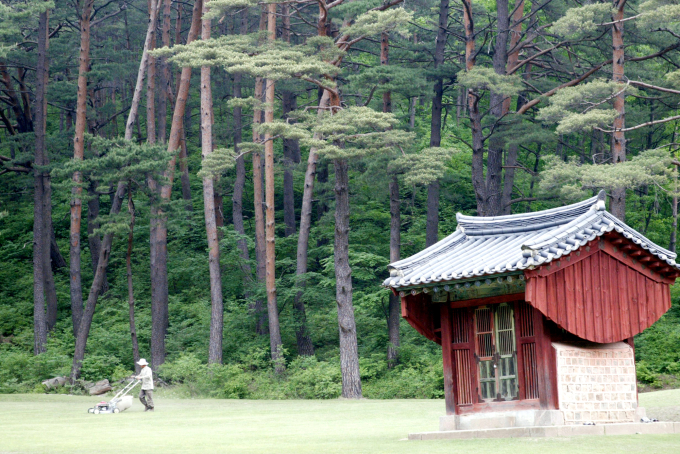
The process of transforming pine trees into tea takes about 10 years, from selecting pine trees qualified for logging, waiting for the resin to dry completely, and then drying it again to intensify the wood's unique scent. It takes around six months just to strip the bark from the tree, split it into pieces, dry it and then age it.
The fastidious process is also applied to the company's tea bags, which are individually handmade using 100% cotton. The company produces only 1,500 boxes of tea annually and sells them through its online mall and Market Kurly, a grocery delivery service.
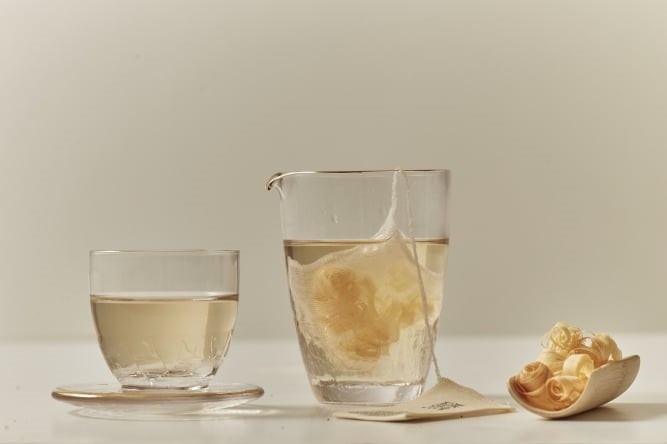
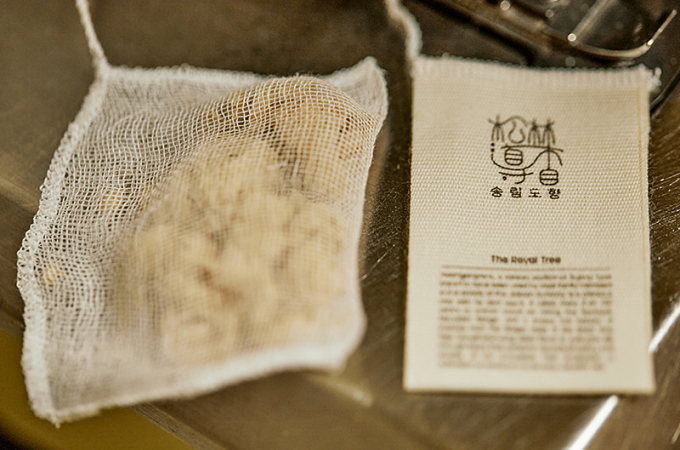
In Korea, imported tea brands dominate the tea culture. European herbal tea and black tea, Chinese puer tea and bamboo leaf tea, and Japanese green tea are the leaders in the high-end tea market. Although Korea ranks fourth in the world's forestry industry and boasts abundant wood products, it lacks research into the resources it holds, experts say.
“The pine tree represents Korea as it has always been a part of our culture. I wanted to transform this significant and special tree into a high-value-added product,” Choi said.
He noted that trees serve as a national symbol for many countries, such as the Canadian maple, the Japanese hinoki (cypress) and the white birch in Finland.
“There is no other tree in the world that bears a special history and story like the 600-year-old Jeongipum pine tree that received an honorary title from the king himself,” Kim said.
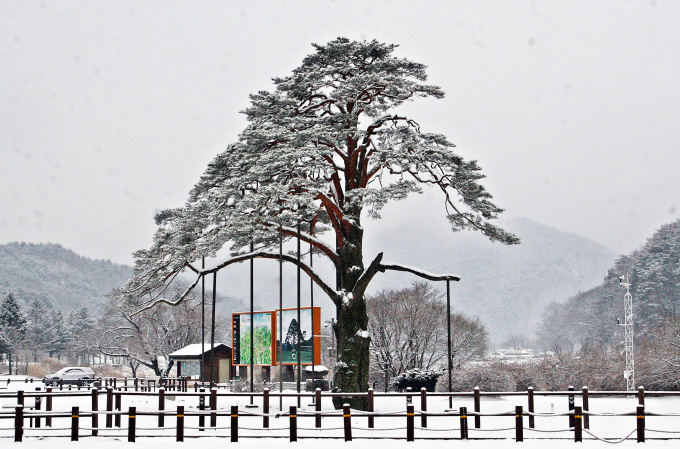
In addition to the Royal Tree Tea, Songlim Dohyang also offers a salt brand, The Royal Tree Salt, made by blending the heartwood of the pine tree with Taean salt, made using the traditional salt-farming method of Taean, where seawater is boiled to collect salt crystals.
Songlim Dohyang's products have been well received thanks to their unique and authentic flavors and scents. The company supplies products to Michelin-starred restaurants Soigne and Okdongsik, as well as to J.W. Marriott Hotel Seoul for gift sets.
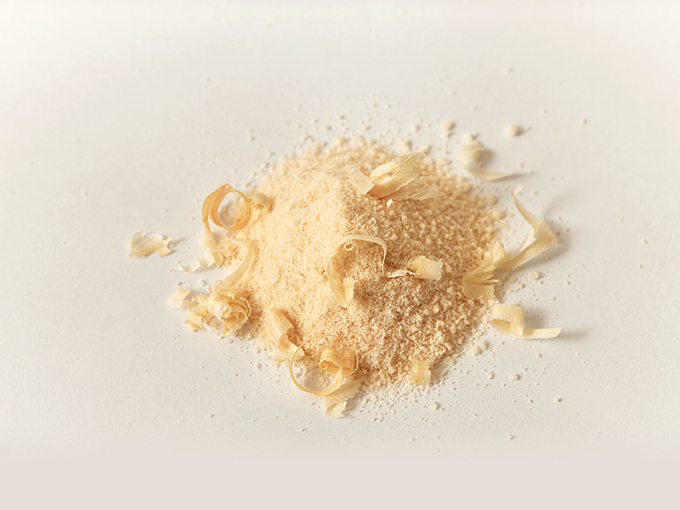
Choi says that the hwangjangmok can be used in many ways, something he did not expect in the early stages of development.
Songlim Dohyang has entered into an industry-academic cooperation with Gangneung-Wonju National University and the Gangneung branch of Korea Institute of Science and Technology to collaborate on a national R&D project involving the tree.
In the process, they found a bulk of materials including pinosylvin, which has anti-cancer and antiviral effects. Compared to other trees, hwangjangmok contain a high content of antioxidants, which can be used in biomaterials.
Lately Choi has been experimenting with various ways to tap into the yellow-hearted pine, given that the scent and flavors are completely different depending on which part of the tree is used, and its maturity.
Choi has tried extracting the tree's nectar via an espresso machine and mixing it with other ingredients to drink as an iced tea, as well as combining the extract with alcohol to create a pine-tree cocktail.
“Pine trees that have lived over centuries produce a range of complex and versatile flavors depending on their age,” Choi said. “Their tenacious spirit offers a colorful and magical array of possibilities.”
Write to Bora Kim at destinybr@hankyung.com
Danbee Lee edited this article.
-

-

-
 Travel & LeisureKorean hotels bask in rising foreign visitors; travel agencies in trouble
Travel & LeisureKorean hotels bask in rising foreign visitors; travel agencies in troubleApr 22, 2025 (Gmt+09:00)
-
 Beauty & CosmeticsPackaging rides K-beauty wave: Shares of cosmetics container makers soar
Beauty & CosmeticsPackaging rides K-beauty wave: Shares of cosmetics container makers soarApr 21, 2025 (Gmt+09:00)
-
 Food & BeverageIndia: Tantalizing frontier for K-food’s global ambitions beyond China
Food & BeverageIndia: Tantalizing frontier for K-food’s global ambitions beyond ChinaApr 18, 2025 (Gmt+09:00)


